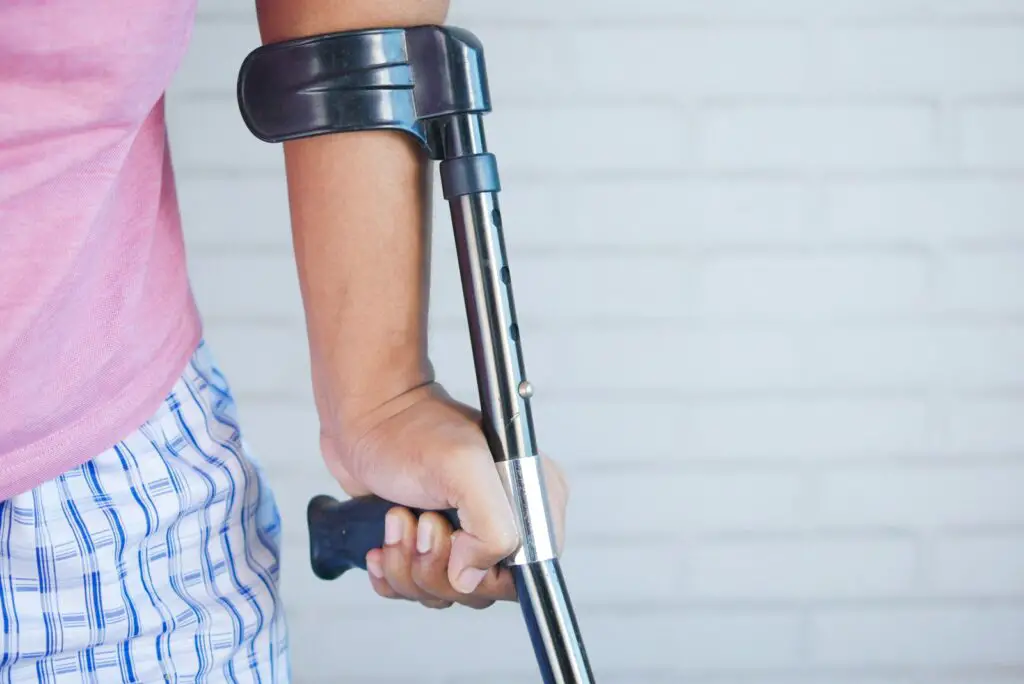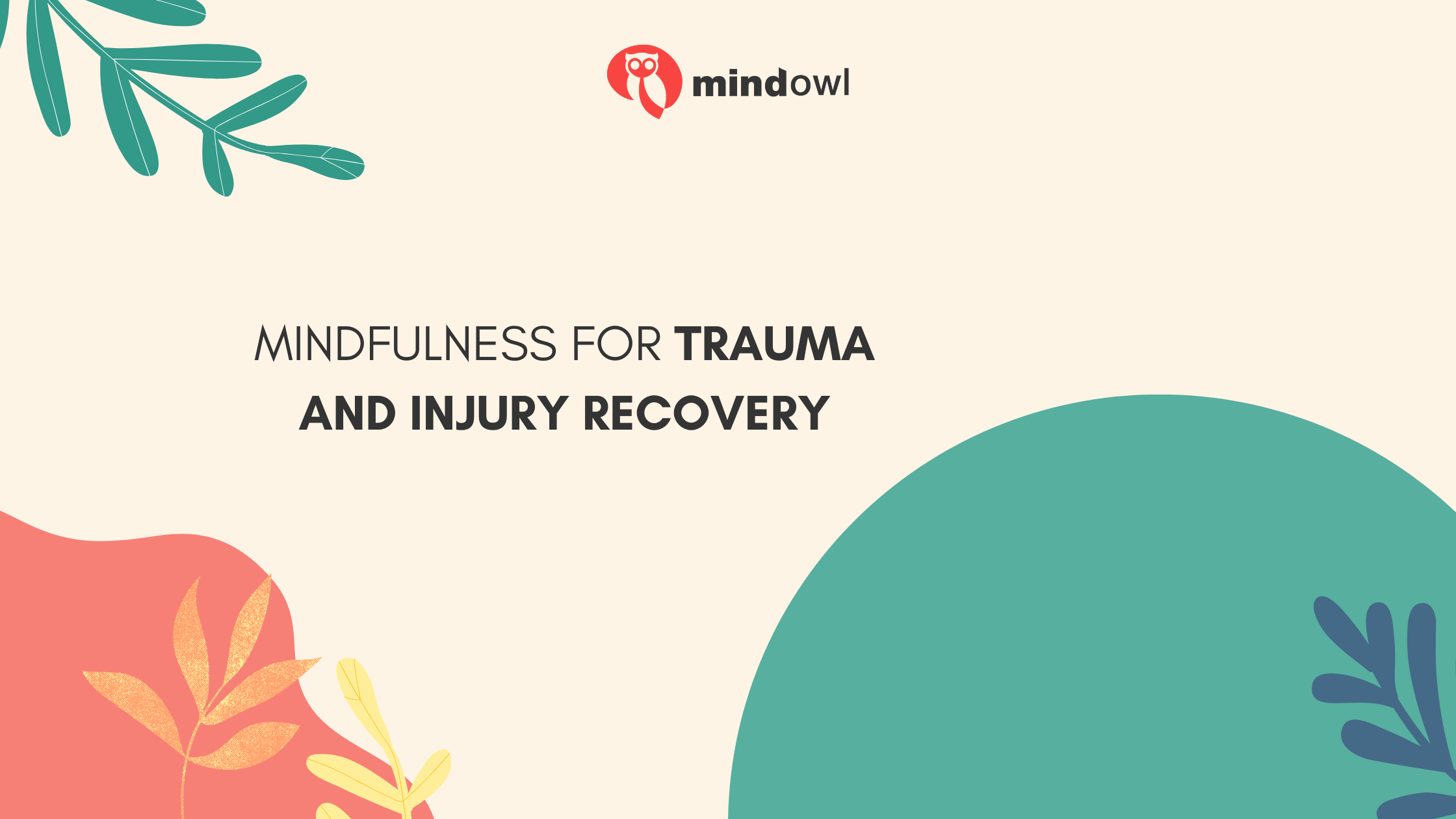Suffering a personal injury due to an accident or someone else’s negligence can be an extremely traumatic experience, both physically and mentally. The pain, stress, and emotional turmoil can take a significant toll on your well-being. In such situations, consulting with experienced personal injury attorneys in St. Petersburg, for example, can be beneficial. They can guide you through the legal process and help you seek fair compensation for your injuries, medical expenses, and pain and suffering.
At the same time, practising mindfulness techniques like deep breathing, body scans, and meditation can help you manage the stress, anxiety, and difficult emotions that often accompany a personal injury. Mindfulness promotes present-moment awareness, acceptance, and self-compassion, which can be invaluable during the healing process.
Key Takeaways
- Mindfulness and meditation help calm emotional exhaustion and worry for people recovering from trauma or PTSD.
- Self-compassion and awareness grow through mindfulness, teaching individuals to be kinder to themselves and understand their feelings better.
- Techniques like grounding, anchoring, EMDR therapy, and gentle yoga aid in regulating emotions and rebuilding strength after injury.
- Incorporating mindfulness into recovery can complement legal support by providing emotional regulation and clarity during stressful situations.
- Mindfulness offers practical tools for dealing with past hurts, increasing kindness towards oneself, and improving the understanding of one’s thoughts.

Understanding Trauma and PTSD
Trauma is defined as an emotional or psychological shock due to a distressing event. PTSD, short for post-traumatic stress disorder, is a mental health condition triggered by terrifying events that individuals have experienced or witnessed.
What is trauma?
Trauma is a deeply upsetting experience that shakes a person’s ability to handle stress. It often comes out of the blue, leaving lasting scars on one’s psychological state. These experiences can range from accidents and physical injuries to emotional shock after sudden loss or violence.
Trauma makes normal life hard, filling it with fear and worry.
Grounding and anchoring techniques help deal with the aftermath of trauma. They assist individuals in slowly reconnecting with those tough emotions without feeling overwhelmed.
This gentle approach towards self-compassion plays a crucial role in overcoming traumatised feelings and finding balance again.
Defining PTSD
PTSD stands for Post-Traumatic Stress Disorder. It’s a condition that some people develop after experiencing or witnessing very stressful, frightening, or distressing events. People with PTSD often relive these traumatic situations through nightmares and flashbacks. Victims of such misfortune living in Florida’s Magic City always look for Miami personal injury lawyers who can help them seek justice and compensation for their suffering. Legal support can be crucial in navigating the complexities of PTSD-related claims, ensuring that those affected receive the resources and care they need.
They may feel sadness, fear, or anger. Sometimes they feel cut off from other people.
People who have PTSD might find themselves on edge a lot of the time as if danger is always nearby. This can lead to sleeping problems, irritability, and difficulty concentrating.
Mindfulness and meditation are known helpers in managing these symptoms by aiding individuals to focus their attention away from stressors and towards calming practices like gentle yoga or body scans.
These techniques encourage coping skills that support emotional regulation – helping them handle intense emotions better over time without becoming overwhelmed.
The Benefits of Mindfulness for Trauma and PTSD
Mindfulness offers valuable benefits for trauma and PTSD recovery, including reducing emotional burnout and anxiety. It also promotes increased self-compassion and awareness while helping to regulate emotions effectively.
Reducing emotional burnout and anxiety
Practising mindfulness and meditation plays a big role in calming emotional exhaustion and worry. These techniques help keep the mind focused on the present, reducing stress from past traumas or future anxieties.
Simple activities like breathing exercises and body scans can greatly lessen feelings of being overwhelmed. They train the brain to deal with stress more effectively.
EMDR therapy is another powerful method for tackling these issues head-on. This interactive approach uses eye movements to process emotions faster, offering relief from psychological strain.
It’s proven particularly useful for those dealing with trauma or PTSD, showing great promise in easing the emotional weariness linked with such conditions. Engaging in these practices not only brings peace but also strengthens mental resilience against future challenges.
Increasing self-compassion and awareness
Mindfulness teaches us to be kinder to ourselves, especially after going through tough times. This kindness is what we call self-compassion. It’s like being your own best friend during hard days.
You learn to understand your feelings instead of pushing them away. Mindfulness helps you see that it’s okay not to be okay and teaches you how to accept yourself with empathy and love.
Awareness grows when you practice mindfulness too. You start noticing more about what’s happening inside you—your thoughts, emotions, and physical sensations—and around you in the world.
This makes it easier for you to handle stress and negative thoughts because you catch them early on. With techniques from mindfulness-based cognitive therapy and guided imagery, this awareness turns into a powerful tool for change, helping you manage dysregulation and decrease dwelling on past experiences.
Regulating emotions
Grounding, anchoring, titration, and pendulation are key techniques in trauma-sensitive mindfulness. They help regulate distressing feelings. These practices focus on keeping individuals anchored in the present moment.
This reduces the impact of past traumatic experiences on current emotional states.
Paying non-judgemental attention to daily activities can also stabilise emotions. This approach encourages a focus on external sensations and experiences, helping ease the tensions brought by past traumas.
Techniques such as EMDR therapy have shown that mindfulness is invaluable for reframing past events and fostering healing over expectations.
Incorporating Mindfulness into Injury Recovery
Injury recovery can benefit from mindfulness techniques. These techniques complement legal support and promote psychological well-being.
Complementary to legal support
Mindfulness helps people recover from trauma and injury as they work through legal matters. It offers emotional regulation and clarity. This means they can handle lawsuits with a calm mind.
Techniques like grounding anchor them during this stressful time, making complex decisions easier.
Using mindfulness, those facing court cases approach things with clear heads and without judgment. This is crucial for dealing with lawyers or judges. Mindful practices are part of EMDR therapy too, improving focus in legal settings.
They help survivors put healing first, even when working on their case.
Promoting psychological and emotional well-being
Mindfulness practices like meditation work wonders for our minds and hearts. They help us deal with feelings that hurt us or slow us down. Grounding techniques bring us back to the present moment, making it easier to face tough emotions from past hurts or challenges.
Using mindfulness also boosts how kind we are to ourselves and improves how well we understand our own thoughts and feelings. This kindness and understanding are key in healing from both physical injuries and emotional pain.
Practices such as gentle yoga designed for trauma can offer comfort while rebuilding strength and trust in body movements.
Providing solace and practical assistance
For trauma survivors, mindfulness offers solace and practical help in managing emotional distress. This involves grounding techniques to reconnect with feelings at a safe pace. Mindfulness has been instrumental in regulating emotions during therapy and aiding injury recovery, emphasising personalised approaches for emotional connectedness.
Survivors find solace and practical support through mindfulness as it helps manage emotional distress while promoting personalised healing strategies for trauma and injury recovery.
Grounding techniques are particularly helpful for re-establishing a sense of safety while gradually reconnecting with challenging emotions, highlighting the importance of personalisation in therapeutic approaches.
Conclusion: The Power of Mindfulness in Trauma and Injury Recovery
Mindfulness offers solace and aids in injury recovery. It reduces emotional burnout, increases self-awareness, and regulates emotions. Incorporating mindfulness complements legal support, promotes psychological well-being, and provides practical assistance.
Mindfulness is a powerful tool for trauma and injury recovery, focusing on external experiences over internal ones.
FAQs
1. What is mindfulness meditation, and how can it help with trauma recovery?
Mindfulness meditation is a technique that focuses on being present in the moment, without judgement. It’s been shown to reduce stress and improve emotional regulation—key factors in healing from traumatic events or sports injuries.
2. Can mindfulness really manage pain from injuries?
Absolutely! Mindfulness-based stress reduction (MBSR) techniques have been proven to lessen physical pain and chronic pain by changing how your brain responds to discomfort. It’s like rewiring your brain’s reaction to pain.
3. How does cognitive behavioural therapy work alongside mindfulness for recovery?
Cognitive Behavioural Therapy (CBT), combined with mindfulness practices, creates a powerful duo for managing psychological stress and impulses post-trauma or injury. CBT helps you understand harmful thought patterns, while mindfulness aids in developing a more compassionate and non-judgemental mindset towards those thoughts.
4. Are there specific exercises within mindfulness aimed at people recovering from sports injuries?
Yes, indeed—trauma-sensitive yoga is one such practice tailored for individuals healing from sports injuries or trauma. It emphasises gentle movements, breath work, and mindful presence to foster both physical health and emotional wellbeing.
5. Why is peer support important during the recovery process?
Recovery isn’t just about physical therapy; it’s also about emotional healing. Peer-reviewed studies show that social support significantly impacts one’s ability to manage job burnout, restlessness, or feelings of dissociation after traumatic experiences—making community an essential part of the journey back.
6. How do personality traits affect someone’s response to mindfulness-based therapies?
Research suggests that personality plays a role in how effective these therapies are—for example, individuals with high self-efficacy might find it easier to engage in emotion regulation practices due to their belief in their own ability to overcome challenges related to post-traumatic stress disorder (PTSD) or other psychological stresses.
MindOwl Founder – My own struggles in life have led me to this path of understanding the human condition. I graduated with a bachelor’s degree in philosophy before completing a master’s degree in psychology at Regent’s University London. I then completed a postgraduate diploma in philosophical counselling before being trained in ACT (Acceptance and commitment therapy).
I’ve spent the last eight years studying the encounter of meditative practices with modern psychology.

